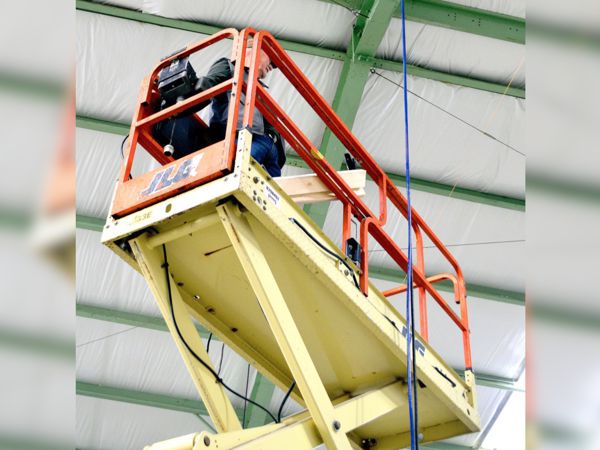
Scissor lifts are a vital piece of equipment in many industries, offering a stable and safe way for workers to reach elevated areas. These lifts are commonly used in construction, retail, entertainment, and manufacturing settings. Unlike aerial work platforms, scissor lifts use a unique mechanism that raises and lowers the platform through interlocking "scissors" beams, providing vertical movement with stability.
Because of their design, many scissor lifts fall under OSHA’s scaffolding standards. This means operators must follow strict safety protocols to ensure proper use and maintenance. Understanding the risks associated with these machines is crucial for preventing accidents and injuries on the job site.
The most common hazards when using a scissor lift include falls from the platform and tip-overs. While structural failures such as beam collapse can occur, they are rare if the equipment is maintained properly and operated according to the manufacturer's guidelines. Regular inspections and adherence to service schedules significantly reduce the risk of mechanical failure.
Today, some of the leading manufacturers of scissor lifts are JLG and Terex's Genie. These companies produce high-quality lifts that meet industry standards and offer various models tailored to different applications and environments.
Scissor Lift Design
A scissor lift is essentially a mobile scaffold that can raise and lower its platform vertically. Most models provide working heights ranging from 25 to 50 feet. The platforms are typically 24 to 36 inches deep and 48 to 72 inches wide, accommodating one to four people depending on weight capacity. Each model has specific height and weight limits, so it's essential to check the specifications before use.
Operators can control the lift from either the base or the platform itself. Some models allow movement while the platform is extended, but this feature should be used with caution. Many manufacturers recommend avoiding movement when the lift is fully extended to prevent accidents.
Source: OSHA Notes: Scissor lifts derive their name from the cross beams that resemble scissors, which enable vertical movement of the platform.
General Safety Measures
Before operating a scissor lift, it's important to conduct a thorough site assessment to identify potential hazards. Operators must implement effective controls for fall protection, stabilization, and positioning. Only trained personnel should be permitted to operate these lifts to ensure safety and compliance with regulations.
Fall Protection
All scissor lifts must be equipped with guardrails to prevent falls. Most models come with top and mid rails along the platform edges, which can be used to attach harnesses and lanyards. Some models with extendable platforms may have additional rail sections, requiring extra attention when working near them.
- Always check that the guardrail system is intact before starting work.
- Never stand on the guardrails—only use the platform surface.
- Keep all tools and materials within easy reach to avoid leaning off the platform.
Notes: Falling from a scissor lift is a serious risk. Workers should never stand on the railings and should consider using a body harness for added safety.
Stabilization
Ensuring the scissor lift is stable is critical to prevent tipping or collapse. Operators should verify that the ground is level and firm. Most lifts require a flat surface, though some models are designed for rough terrain. Avoiding movement while the lift is raised is a key safety practice.
- Do not move the lift while it is elevated.
- Use the lift outdoors only in favorable weather conditions. Wind speeds above 28 mph can pose a risk.
- Never exceed the load rating to prevent equipment failure.
Tipping can happen if the lift is used on uneven ground, struck by a moving object, or if it hits an obstacle while extended. These scenarios highlight the importance of careful operation and awareness of surroundings.
Notes: Scissor lifts can tip over if struck at the base or if they collide with objects while extended. Always remain alert and cautious.
Positioning
Proper positioning of the scissor lift is essential to avoid dangers like crushing and electrocution. If the lift moves unexpectedly, it could crush a bystander against another object. Additionally, raising the lift near power lines poses a severe risk of electrocution, even if the lift doesn’t make direct contact.
Operators should also be aware of arc flash hazards. Electricity can jump from power lines to the lift or worker, causing serious injury. It’s important to maintain a safe distance from electrical sources at all times.
Notes: Be extremely cautious when raising, lowering, or moving the scissor lift. Awareness of your surroundings is key to staying safe.
Group Discussion Topics
- Is the scissor lift in good condition (e.g., tires, hydraulic lines, signage)? Perform a visual inspection daily.
- Are there any potential hazards nearby, such as power lines or gas pipes?
- What is the condition of the floor where the lift will be used?
- How many people will be on the platform? Does the total weight exceed the limit?
- What factors could cause the scissor lift to tip over?
Find Similar Articles By Topic
#material handling #construction #toolbox talks #scissor lifts
New Type
Product Description
Production structure have 3 series: Solid fin(big fin) with slant insert tube , single fin(Small fin) with parallel tube expansion and single fin with slant insert tube
Material Composition:
Aluminum Tube OD:: Φ8mm Wall Thickness: 0.508~1.0mm
Aluminum foil thickness: 0.13-0.2mm
Process: Fin stamping and tube bending→tube end press and twist→fins and tube assembly→ leakage test→keeping pressure→packing
| Raw material | (1)Al tube:OD 8mm, wall thickness:0.508-1.0mm |
| (2)Al foil thickness: 0.13-0.2mm | |
| Application | refrigeration parts |
| Structure | (1)pull and expanded type |
| (2)slant inserting type | |
| Key process | Fin stamping and tube bending→tube end press and twist→fins and tube assembly→ leakage test→keeping pressure→packing |
The structure have the Al tube expation and Al tube insert with small fin and big fin
Specially refrigeration Al tube and Al. foil fin, pure surface, light weight.
High quality inner clearance, high capability of heat-exchange.
High performance corrosion resistant.
Apply to the refrigeration R134a, R600a.
Production surface can be painted with blue or black painting
Solid Fin Evaporator:
Small fin with tube expansion
Small fin with slant insert tube
Fin evaporator moudle with heater
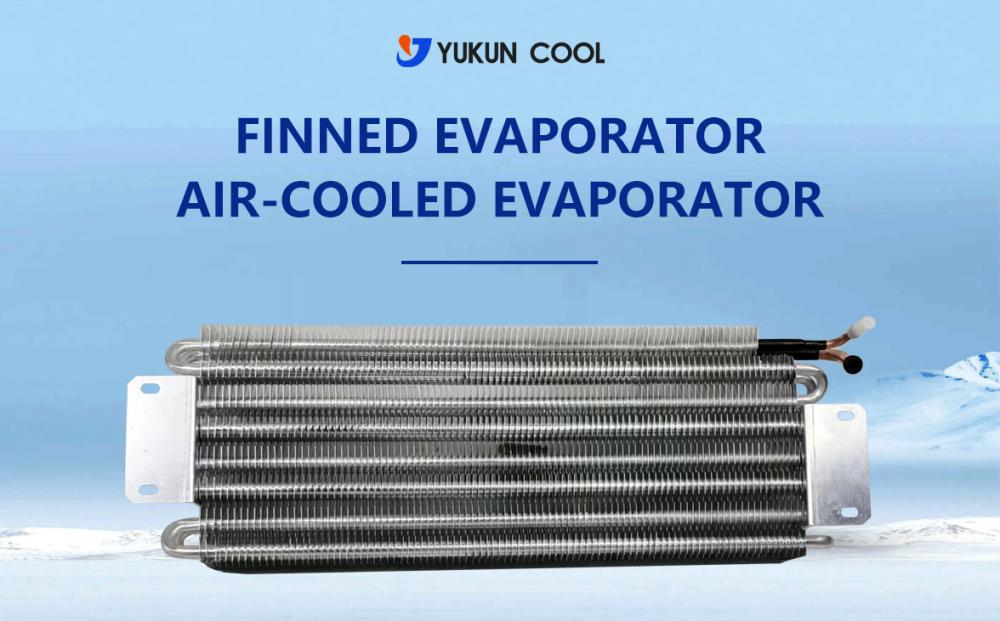
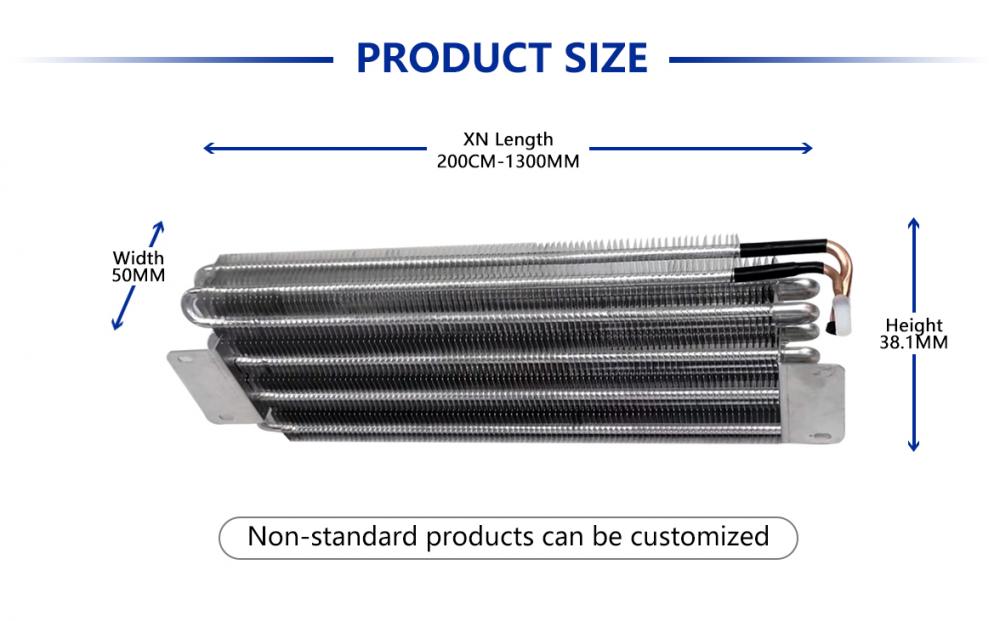
Our company mainly produces products for:Fin Evaporator.Fin Type Condenser.Capillary Tube.Aluminum Coolant Reservoir.Plate Reinforcement Parts.Stamped Parts.Aluminum Tube.Instrument Testing Equipment.
If you have any interest, pls feel free to contact with us at any time. We can supply copper evaporator and copper condensers according to your drawings or samples.
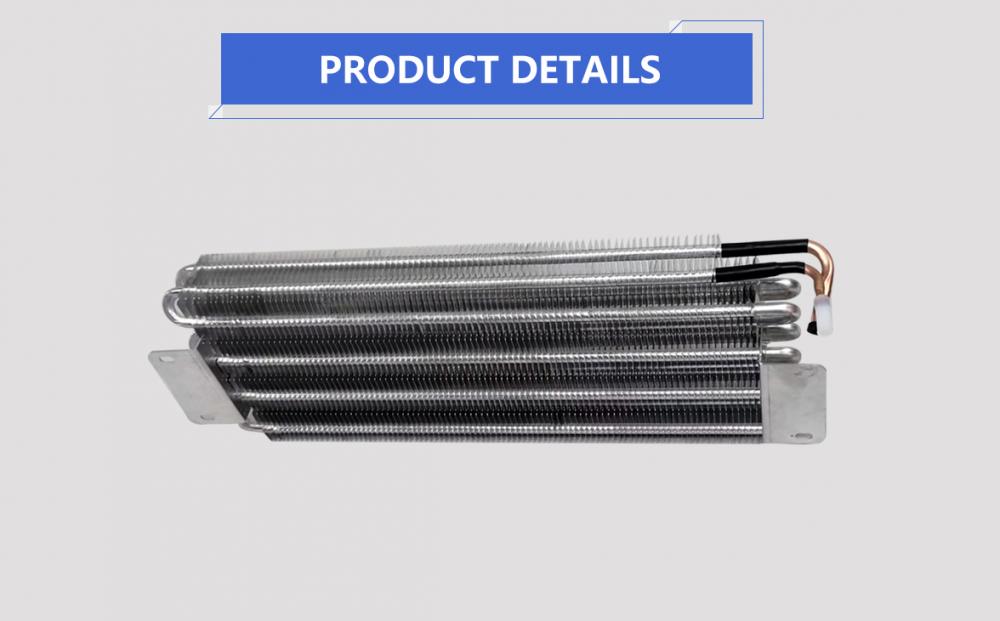
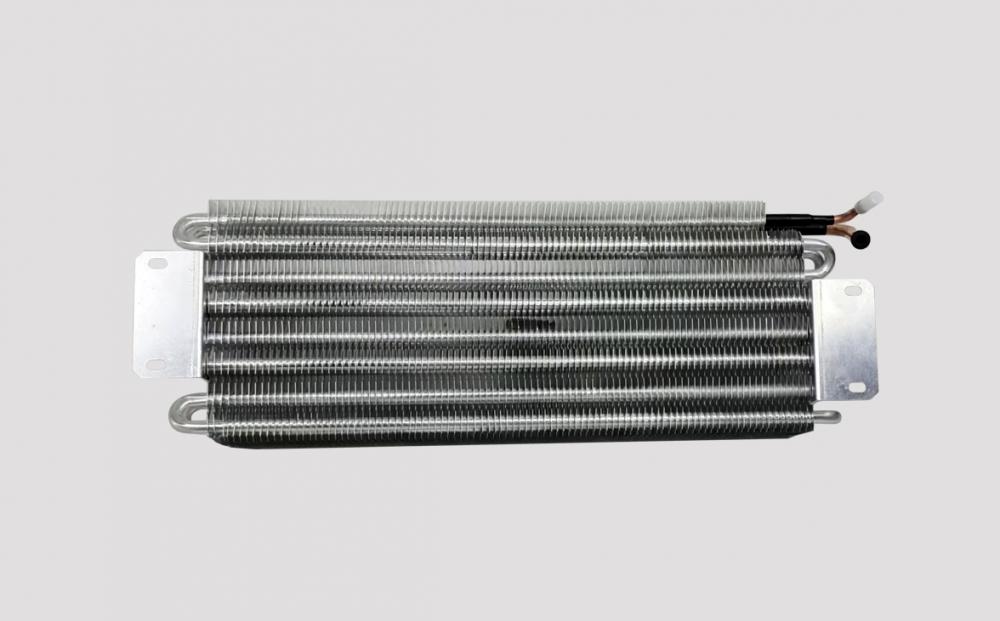
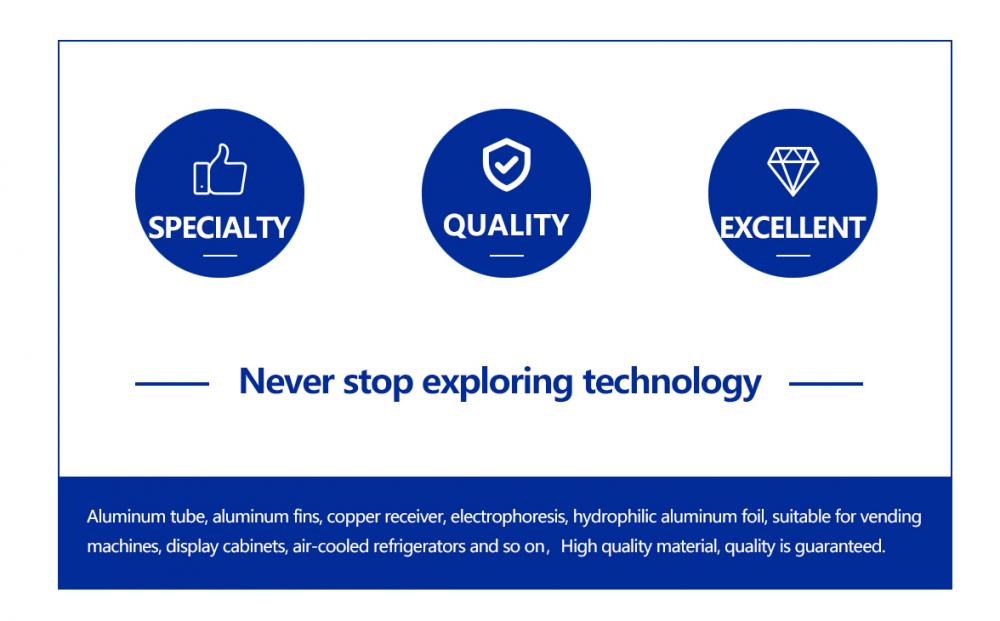

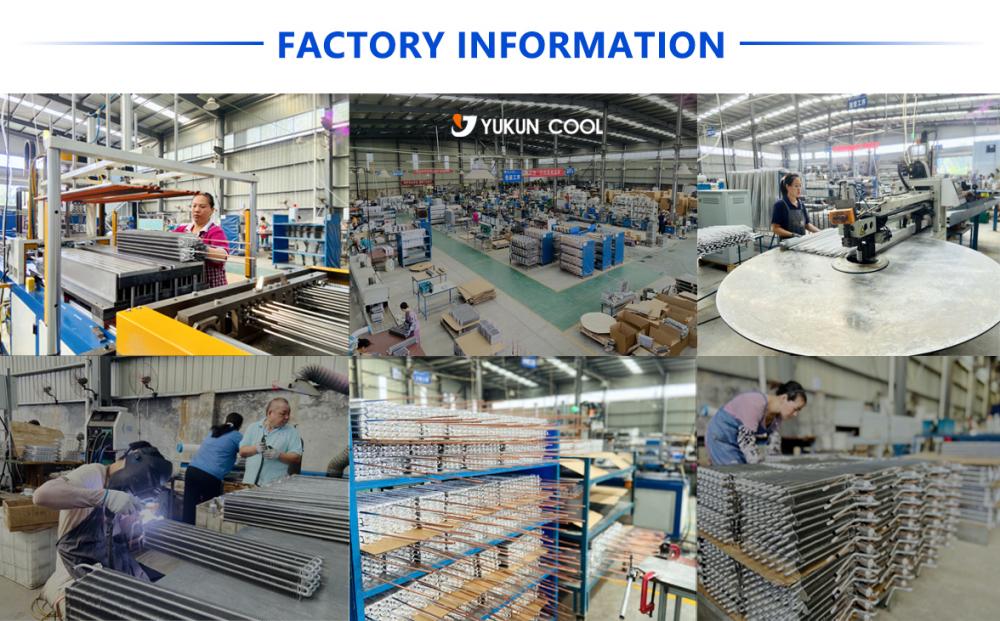
new type
Xinxiang Yukun Refrigeration Technology Co.Ltd , https://www.yukunevaporator.com